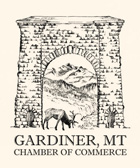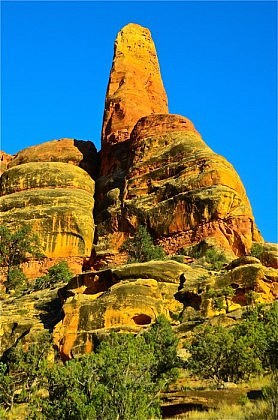Essential to staying warm and dry is our basic Big Wild mountain layering system: synthetic or wool long johns first, then a fleece or wool layer, an insulated jacket, a two-piece rainsuit and a ski hat. For warm sunny weather, cotton shirts are great. They keep you cool and protect you from sun and bugs. But when the weather turns cold and wet — which can happen suddenly while backpacking in Yellowstone or any of the Greater Yellowstone Ecosystem mountain ranges — lose the cotton! Wool or synthetic long-johns wick moisture away from your skin and therefore are your first layer. Put them on directly over bare skin. If it isn’t too cold, you may be fine simply donning your rain-suite over your long john top and trousers. But as conditions deteriorate, plan to add layers: a wool shirt or fleece pullover is next to go over the long-johns and under the rain suit. And if it is really cold, add your insulated puffy jacket and/or your long-john bottoms. Beware, though: don’t over-dress! Too many clothes can turn you into a walking steam bath, and wet from sweat is as likely to cause hypothermia as is rain or wet snow. That’s because when you stop humping up the hill, your body temperature will rapidly cool and now you are cold and wet in a cold rainstorm, the perfect prescription for hypothermia. Wet is wet. Protect yourself from both rain and sweat.
So use your layering system wisely. Don’t be shy about asking us to stop to either add or remove a layer. Each hiking route and each day’s weather and each person’s metabolism is different. There are no hard fast rules here; one size does not fit all. But one thing is always paramount: it is your responsibility to stay reasonably warm and dry. Be aware of your body temperature and how much you are sweating and adjust accordingly. Remember, we’d rather our guide have to stop a few times on a long uphill so that folks can properly adjust their layering system than to have folks either get overheated or under-layered. Although medical treatments for varying levels of hypothermia are beyond the scope of this missive, as I’ve noted in previous posts, when it comes to hypothermia, there is nothing as effective as prevention.



